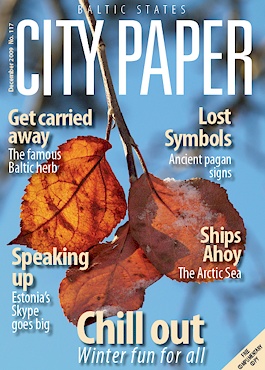Dark Tourism
 'Dark
tourism' is a different type of tourist attraction. It is the act
of travel and visitation to sites of death, disaster and the
seemingly macabre. Tourists flock to experience sites of past terror
that offer up grim and disturbing tragedies.
'Dark
tourism' is a different type of tourist attraction. It is the act
of travel and visitation to sites of death, disaster and the
seemingly macabre. Tourists flock to experience sites of past terror
that offer up grim and disturbing tragedies.
This is not a new phenomenon. For many years now dark tourism has been part of our fascination, dating back to the pilgrims. Now however we seek it for very different reasons. Most recently 'Ground Zero' in America, marking the collapse of the twin towers, has become an essential part of the ever expanding dark tourism sector.
A History
As far back as the Dark Ages, pilgrims were travelling to tombs and sites of religious martyrdom. The Battle of Waterloo in 1815 was observed by nobility from a safe distance and one of the earliest battlefields of the American Civil War (Manassas) was sold the next day as an attraction site.
Going further back in history, crowds flocked to public executions during the medieval period. Further back still, the Romans used fights between individuals and wild animals to entertain the public at sites like the Coliseum in Rome.
In the modern era, though, it is thought that something different is taking place. People have always been keen to visit places where battles, massacres and evil deeds were carried out, as long as these events happened a reasonable time before their visit. Being close to a site associated with death seems to appeal to people in general.
In today's world, though, global communications technology allows death-related events to be reported, sometimes in 'real time', as they happen. Technology also allows these events to be repeated for viewing over and over again. Today's visitor to a site where macabre events took place might just have been encouraged to be there by media coverage of the event.
Observers are unsure how to react to consumers of 'dark tourism'; should we criticise visitors to areas of Thailand to view the sites devastated by the tsunami in 2004 for their lack of sensitivity? Or should we applaud them for contributing to tourism revenue and the gradual rebirth of these areas?
Why do we visit?
Our motivations are murky and difficult to unravel: a mix of reverence, voyeurism and maybe even the thrill of coming into close proximity with death.
The difference between what is acceptable and unacceptable as a tourist attraction is often only a matter of chronological distance. Walking tours of Jack the Ripper's London are enduringly popular and bring together not only true history but part of London's heritage.
Over half a million people visit Auschwitz Birkenau each year. The standard two-and-a-half-hour guided tour gives an audience at best an abridged understanding of this vast and sprawling site. What a tourist can comprehend in such a brief visit is questionable.
Yet the operators of these diverse sites have become the custodians of history, and this carries with it certain responsibilities. Which parts of history do you choose to interpret and commemorate?
Where to visit
Taking it further than possibly any other attraction in the world is, Karosta Naval Port Prison or guardhouse, Liepaja, Latvia. The building was erected about 1900 and until 1997 it served as a place where military persons served out their terms for breach of discipline.
The prison gives you the opportunity to stay overnight on real prisoners' benches and mattresses, according to the website, which goes on to boast that it is "unfriendly, unheated and uncomfortable." There are absolutely no comforts laid on at this naval jail, built in 1905 to house the Czar's mutinous sailors.
Mysterious and inexplicable things are noticed in the guard house – rumbling footsteps, self-unscrewing of electrical bulbs, unaccountable opening of closed doors of the cells… but the appearance of impossible images has come as the most unpleasant surprise to many a visitor.
Other Baltic Dark tourist sites:
There are plenty of dark tourism sites to visit in the war-torn Baltics.
In Tallinn there is Patarei prison, a former KGB detention center. The prison closed its doors in 2002 and has now been turned into a museum. When the prison was vacated they lead the prisoners out and shut the doors, leaving behind clothing, bedding, hospital utensils, posters on walls, shoes, old wheelchairs, etc. Stroll around this fortress and see cells with old documents and newspapers, posters of long forgotten movies and dead plants, hanging rooms and operating theatres. Patarei is a unique and grim remnant from the past.
Alternatively, Estonia has the Vaivara camp in Northeast Estonia, which has become a popular tourist attraction. Established in 1943, this served as a prisoner of war camp. As with many of camps the evidence of horrifying times can still be seen when visiting.
The Museum of Genocide Victims in Vilnius, Lithuania is situated in the city's former KGB building. The basement is where you will come across the most chilling part of the museum, the KGB prison. Walk into coffin-sized metal holding cells, see the water torture chamber, a padded cell, and the interrogation room. At the end of the hallway you will come to the execution chamber.
If you want to get a feeling and an understanding of the terror others experienced and the destruction others inflicted, why not visit and see what you think?
By Shane Webber




